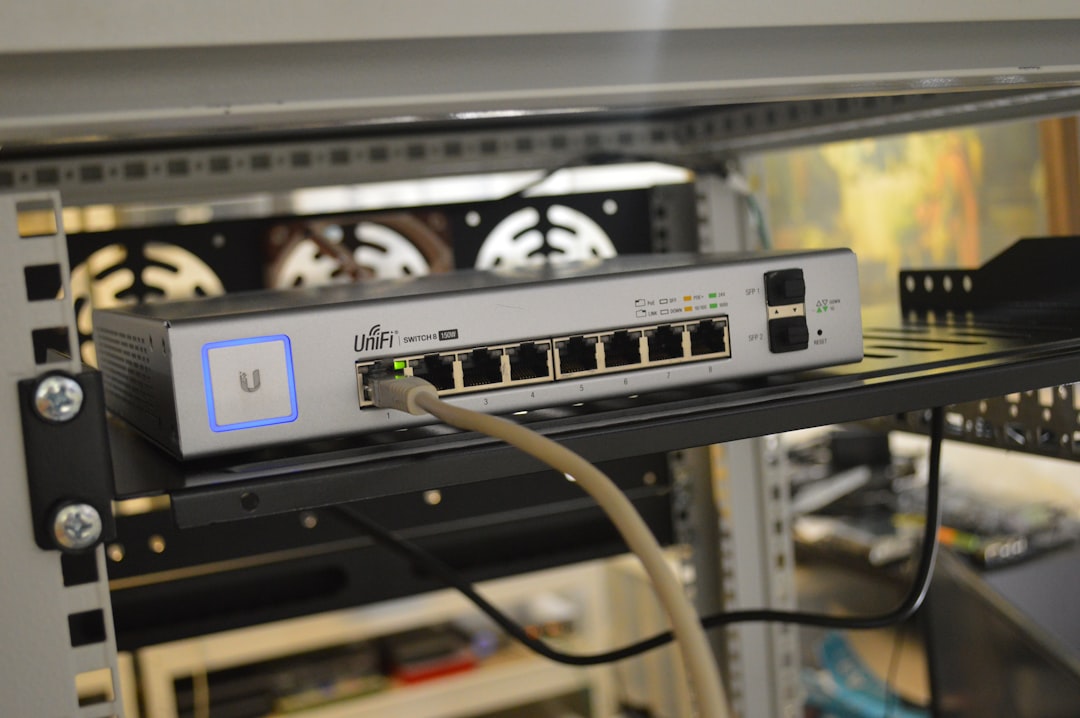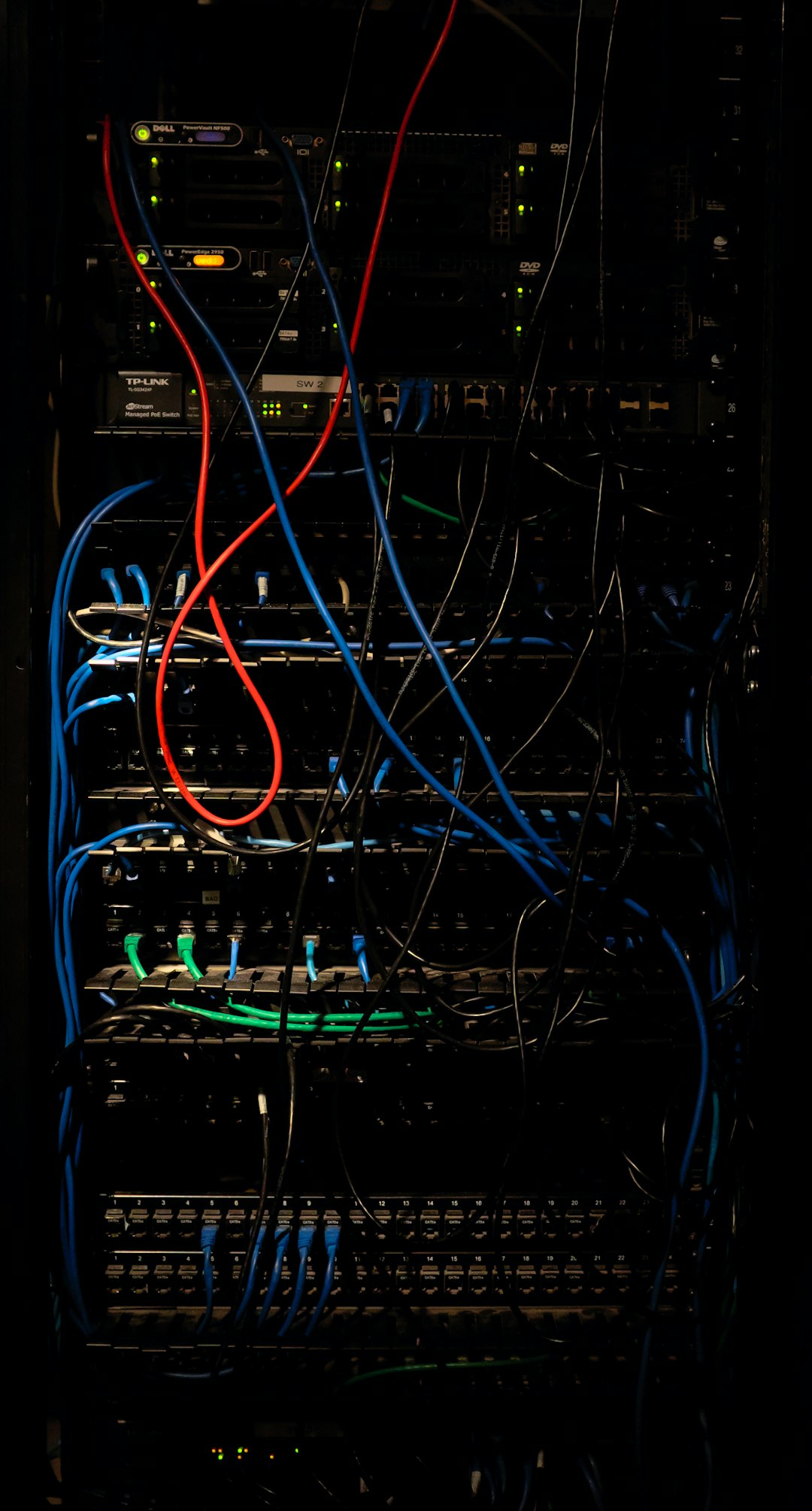
In today’s increasingly complex threat landscape, robust network security is no longer optional — it’s mission-critical. For years, Cloudflare has been a popular choice for web application protection, DDoS mitigation, and performance enhancement. However, no solution fits all use cases, and for various reasons — ranging from budget constraints and performance issues to implementation flexibility and privacy concerns — many network security teams are evaluating alternatives to Cloudflare.
This article explores a variety of trusted vendors and open-source options that can serve as serious contenders or even superior replacements for Cloudflare depending on specific business and technical needs.
Why Seek Alternatives to Cloudflare?
Before diving into alternatives, it’s worth understanding why some organizations are looking beyond Cloudflare:
- Vendor lock-in: As Cloudflare integrates deeply into your traffic flow, moving away later can be complicated and resource-intensive.
- Privacy concerns: Handling sensitive data via a third-party proxy provider raises compliance issues for companies under strict regulations such as GDPR or HIPAA.
- Customization limitations: Some enterprises require granular control over edge and security configurations that may not be feasible with Cloudflare’s standardized offerings.
- Cost considerations: For SMBs and startups, Cloudflare’s premium features may carry costs that strain limited IT budgets.
Top Alternatives to Cloudflare for Network Security Teams
When exploring options, security teams should look for services or tools that match Cloudflare’s core offerings: DDoS protection, CDN capabilities, web application firewall (WAF), and DNS protection. Below, we profile several strong alternatives.
1. Akamai Technologies
Akamai is one of the oldest and most established players in the CDN and network security domain. It offers enterprise-grade protection through products like Kona Site Defender and Prolexic Routed, which combine a powerful WAF with a globally distributed scrubbing infrastructure.
Key Features:
- Advanced DDoS mitigation with near-zero latency
- Global reach with thousands of edge nodes
- Granular traffic control and custom rule sets
Best Suited For: Large enterprises with high-traffic applications concerned about global security threats and uptime.
2. Imperva
Imperva provides a comprehensive SaaS-based security platform including a renowned WAF, bot protection solutions, and layer 7 DDoS protection. Its focus on application integrity and user data security appeals to compliance-conscious industries like finance and healthcare.
Key Features:
- Real-time threat intelligence with global coverage
- Machine learning-based anomaly detection
- Simple integration with existing application stacks
Best Suited For: Compliance-driven organizations or those requiring real-time intelligence to defend complex environments.

3. Fastly
A powerful edge compute and CDN provider, Fastly offers real-time observability and performance tuning capabilities alongside its WAF and DDoS protection. It is particularly favored by developers who desire fine-grained control over content delivery and security rules.
Key Features:
- Integrated next-gen WAF with flexible rule configuration
- Edge computing capabilities for custom logic deployment
- Instant visibility and logging for immediate response
Best Suited For: Engineering-heavy teams or tech startups seeking a developer-first platform with stronger customization.
4. AWS Shield and AWS WAF
For organizations already leveraging the Amazon Web Services ecosystem, AWS Shield and AWS WAF offer a deeply integrated solution. While configuration may be more complex than Cloudflare’s plug-and-play design, the control and security depth are industry-leading.
Key Features:
- Automatic DDoS protection with Shield Advanced
- Custom rule creation via AWS WAF and Lambda@Edge
- Visibility through AWS CloudWatch and VPC Flow Logs
Best Suited For: Enterprises fully invested in AWS infrastructure who require tight cloud-to-network security alignment.
5. StackPath
StackPath is a cloud services platform offering edge computing, CDN, WAF, and real-time analytics. It stands apart by simplifying security for edge-deployed applications and APIs with performance-focused routing and programmable configuration.
Key Features:
- Strong API-integrated WAF with rapid setup
- Edge locations with low latency around North America and Europe
- Affordable pricing tiers for SMBs and mid-sized enterprises
Best Suited For: Growing businesses needing edge computing and basic security managed in one solution.

Open-Source and Self-Hosted Alternatives to Cloudflare
Some organizations prefer self-hosted or open-source solutions either to maintain full control of their network stack or for cost optimization. These tools may require more manual configuration but offer unmatched flexibility and transparency.
1. NGINX Plus and ModSecurity
Combining NGINX Plus with the ModSecurity WAF gives security teams a powerful web protection suite. Though not cloud-distributed by default, these tools can be hosted in data centers or cloud instances worldwide for a customized edge-like experience.
Notable Benefits:
- Highly customizable rule engine via OWASP Core Rule Set (CRS)
- Full API protection, WAF, reverse proxy, load balancing
- Scalable in Kubernetes or containerized deployment
2. Caddy with Security Modules
Caddy is a modern web server with automatic HTTPS and pluggable security features that make it a surprising yet effective option for lightweight use cases. While not as comprehensive as commercial-grade services, with proper plugins it can offer legitimate protection layers.
3. Bouncer (CrowdSec) with Reverse Proxies
CrowdSec is an open-source, collaborative Intrusion Prevention System (IPS) that analyzes logs and shares threat intel in real time. When used in coordination with reverse proxies such as Traefik or Envoy, it can be a potent distributed intrusion protection stack.
Best Use Case: Security teams looking to build decentralized detection networks at minimal cost.
Criteria for Choosing the Right Alternative
Making the move away from Cloudflare is not a decision to be taken lightly. Organizations must balance protection, observability, integration depth, cost, and ease of use. Below are key criteria to consider:
- Security Capabilities: Are WAF, DDoS, bot prevention, and TLS protection offered and proven?
- Ease of Integration: How quickly can it be deployed into existing workflows or CI/CD pipelines?
- Scalability: Will the solution handle growing user bases and attack surfaces?
- Cost Efficiency: Do pricing tiers align with your usage patterns?
- Auditability: Is visibility into traffic and security events detailed and real-time?

Conclusion
While Cloudflare remains a widely adopted and effective solution, it is by no means the only stronghold in the fight for web security and performance optimization. A number of highly reputable services — from Akamai and Imperva to Fastly and AWS — provide competitive, sometimes superior alternatives depending on the specific needs of your network security team.
For organizations that value customizability, data control, or operate within niche regulatory environments, exploring these alternatives may yield greater ROI, better user experiences, and enhanced peace of mind.
As always, a rigorous evaluation process based on your infrastructure, compliance posture, and threat model will ensure the transition away from Cloudflare






